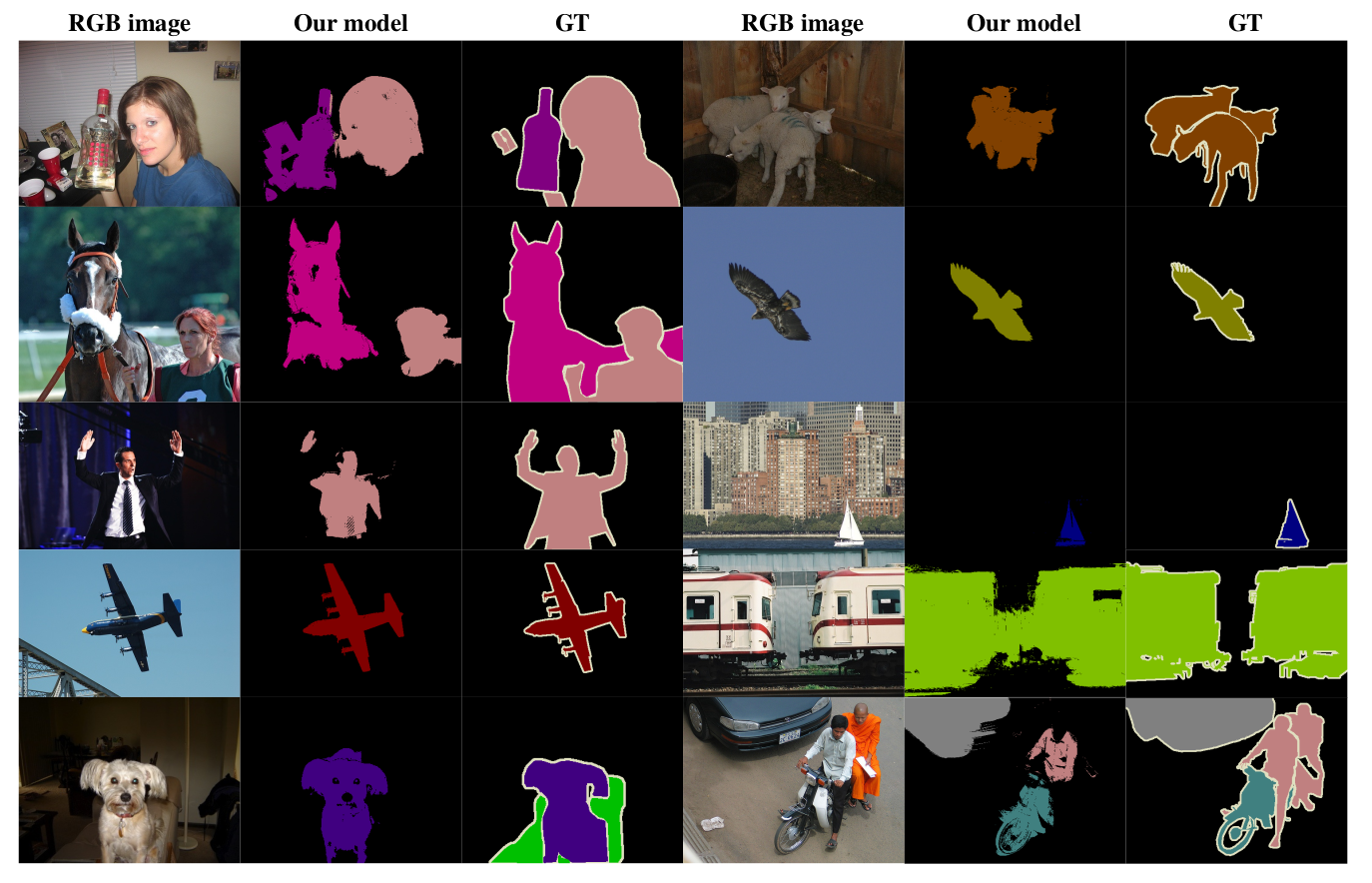Learning to Exploit the Prior Network Knowledge for Weakly-Supervised Semantic Segmentation
Training a Convolutional Neural Network (CNN) for semantic segmentation typically requires to collect a large amount of accurate pixel-level annotations, a hard and expensive task. In contrast, simple image tags are easier to gather. With this paper we introduce a novel weakly-supervised semantic segmentation model able to learn from image labels, and just image labels. Our model uses the prior knowledge of a network trained for image recognition, employing these image annotations as an attention mechanism to identify semantic regions in the images. We then present a methodology that builds accurate class-specific segmentation masks from these regions, where neither external objectness nor saliency algorithms are required. We describe how to incorporate this mask generation strategy into a fully end-to-end trainable process where the network jointly learns to classify and segment images. Our experiments on PASCAL VOC 2012 dataset show that exploiting these generated class-specific masks in conjunction with our novel end-to-end learning process outperforms several recent weakly-supervised semantic segmentation methods that use image tags only, and even some models that leverage additional supervision or training data.
PDF Abstract



 VOC 2012
VOC 2012